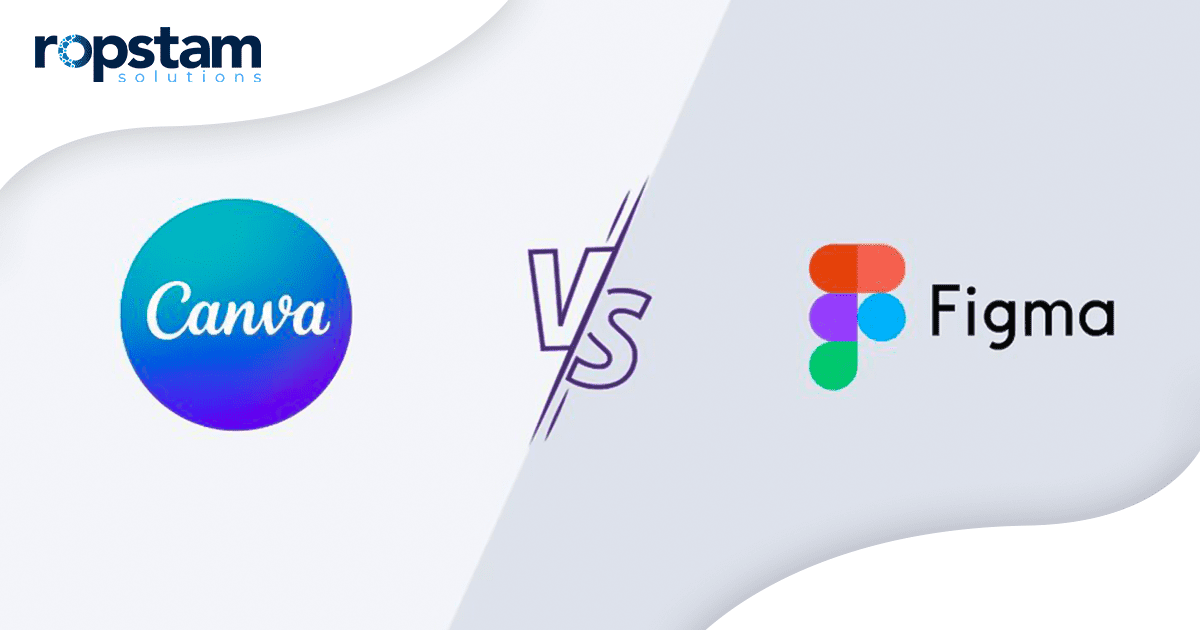Kickstarting your next web app development project but can’t decide on the ideal tech stack? You are not alone! While creating a website or web app is an enticing prospect, many beginners and even skilled developers have a number of questions regarding the programming language/framework to leverage.
In this context, React.js is one of the most popular and commonly used frameworks for developing high-performance and user-friendly web applications. But have you ever wondered about the prospect of combining React.js (front-end) and Node.js (server-side) for web app development?
To answer all your questions, this blog post will delineate the advantages of leveraging the combination of Node.js and React.js to make your life easier as a web developer. So, without further ado, let’s get started!
What is Node.js?
Node.js, powered by the V8 JavaScript engine from Google Chrome, is an open-source, cross-platform runtime environment and library that has become a cornerstone of modern web development. By running applications outside the client browser, Node.js enables developers to create robust, fast, and scalable server-side applications.
Key Features of Node.js
Here are some of the use cases of Node.js that make it a handy option for web application developers in particular:
1. V8 JavaScript Engine:
The V8 engine, known for its speed and efficiency, is the heart of Node.js. Originally designed for the Chrome browser, V8 allows Node.js to execute JavaScript code with high performance, making it a top choice for server-side development.
2. Asynchronous Programming:
Node.js supports asynchronous programming, enabling developers to write non-blocking code. This is achieved through callbacks, promises, and async/await syntax, ensuring that applications remain responsive and efficient.
4. Fast Development Cycle:
It goes without saying that Node.js accelerates the development cycle for high-traffic applications. Using JavaScript on both the front-end and back-end, developers can work efficiently across the full technology stack, reducing the learning curve and improving productivity.
5. Efficient Resource Management:
Node.js is highly resource-efficient, consuming less memory and CPU power compared to other backend technologies. This efficiency is crucial for applications that need to scale horizontally across multiple servers.
6. Scalability:
Node.js is designed with scalability in mind. Its single-thread architecture, combined with the event-driven model, makes it easily scalable and highly performant. As of 2024, Node.js powers around 2% of all websites globally, a testament to its reliability and performance.
7. IoT Applications:
Node.js is a popular choice for IoT applications due to its lightweight nature and ability to handle real-time data streaming and event-driven processing.
What is React.js?
React.js, often referred to simply as React, is a JavaScript library developed and maintained by Facebook. It is designed to build reusable UI components, making it a powerful tool for creating interactive user interfaces for both web and native applications.
React is widely recognized for its efficiency and flexibility, which are key factors in its popularity. One of its distinguishing features is JSX (JavaScript XML), a syntax extension that allows developers to write HTML-like elements in JavaScript. This makes the code more readable and easier to understand, enhancing the developer experience.
Key Features of React.js
Interested in knowing more about this framework? Here are some of the pertinent features of React.js.
1. Component-Based Architecture:
React’s component-based architecture is one of its most significant features. Components are self-contained units of code that encapsulate functionality and UI, making it easier to manage and scale applications. This modular approach enhances code reusability and maintainability.
2. Declarative Programming:
React follows a declarative programming model, which means developers focus on what the application should display rather than how to achieve it. Such an approach simplifies the development process and makes the code more intuitive and easier to debug.
3. Virtual DOM:
React uses a virtual DOM to optimize performance. The virtual DOM is a lightweight copy of the actual DOM, and React efficiently updates the virtual DOM and then applies only the necessary changes to the real DOM. This minimizes the number of direct DOM manipulations, leading to faster and more efficient user interfaces.
4. Large Community and Ecosystem:
React has a vast and active community, which contributes to a rich ecosystem of tools, libraries, and resources. This ecosystem includes a wide range of third-party libraries and tools that enhance React’s capabilities, making it easier to build complex applications.
5. State Management:
React provides built-in state management capabilities, allowing developers to manage and update the state of components efficiently. This is crucial for building dynamic and interactive applications.
Benefits of Combining Node.js and React.js
Combining Node.js and React.js can be a game-changer for web developers, offering a robust and efficient solution for building modern, scalable, and high-performing web applications. Here’s a detailed look at why this combination is highly beneficial:
1. Unified Development with JavaScript
One of the most significant advantages of using Node.js and React.js together is the ability to use a single programming language, JavaScript, for both the front-end and back-end. This unification simplifies the development process, reduces the learning curve, and enhances code consistency. Developers can focus on mastering one language, making it easier to manage and scale projects.
2. Fast Development and High ROI
Combining React and Node.js can significantly speed up the development process, leading to a higher return on investment (ROI). These technologies work together to provide an efficient platform for creating fast-functioning, easy-to-maintain websites. This development process allows developers to build applications more quickly, reducing time-to-market and lowering development costs.
3. Scalability and High Server Load Management
Node.js is designed to handle high server loads and multiple concurrent connections efficiently, thanks to its event-driven, non-blocking I/O architecture. When combined with React.js, this capability is further enhanced, making it ideal for building complex, multifaceted websites. The ability to distribute server load and handle multiple requests simultaneously ensures that applications remain responsive and performant, even under heavy traffic.
4. Smooth Integration and Streamlined Process
React and Node.js integrate seamlessly, creating a well-structured and organized development process. The React DOM speeds up the development process and makes it more understandable, while components can work harmoniously with Node.js 3. This integration ensures that server-side rendering is streamlined, leading to faster load times and a better user experience 3 4.
5. Enhanced User Experience and Engagement
The combination of Node.js and React.js results in highly interactive and responsive user interfaces. React’s component-based architecture and virtual DOM ensure that user interactions are smooth and fast, enhancing the overall user experience.
Node.js’s real-time capabilities, such as WebSockets, enable real-time updates and interactions, which are crucial for applications like chat platforms, live data streaming, and collaborative tools 1
6. Rich Ecosystem and Community Support
Both React and Node.js have large and active communities, which contribute to a rich ecosystem of tools, libraries, and resources. This ecosystem includes a wide range of third-party libraries and tools that enhance the capabilities of both technologies, making it easier to build complex applications.
The extensive documentation and community support ensure that developers have the resources they need to solve problems and optimize their applications.
7. Improved Performance and Efficiency
React’s virtual DOM and Node.js’s efficient handling of I/O operations ensure that applications are highly performant and efficient. The virtual DOM minimizes the number of direct DOM manipulations, leading to faster and more efficient user interfaces.
8. Flexibility and Versatility
The combination of Node.js and React.js is highly flexible and versatile, making it suitable for a wide range of applications. Whether you are building a simple static website, a complex e-commerce platform, or a real-time application, the combination of these technologies can provide the necessary tools and capabilities to meet your needs.
This level of flexibility allows developers to create scalable, data-driven, and responsive applications that can adapt to changing market demands
The Verdict
As a web application developer, the combination of Node.js and React.js is a really attractive and useful option. From enhanced efficiency and flexibility to unified development using JavaScript, this combination offers a handful of advantages.













